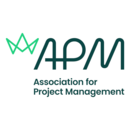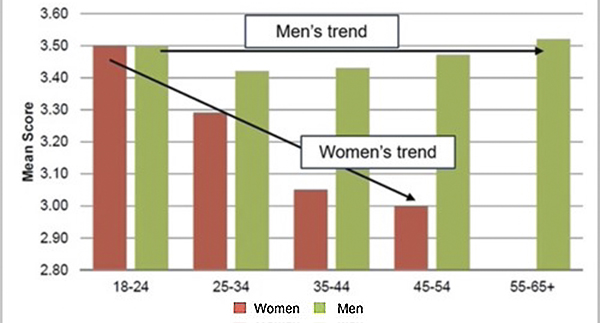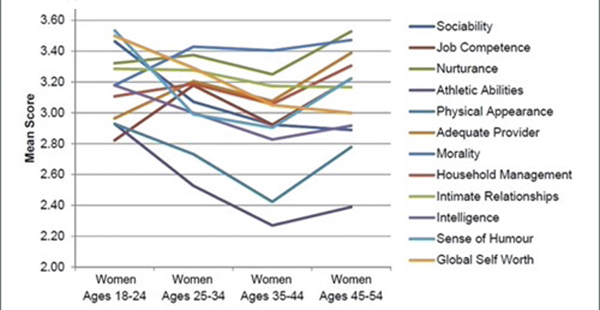Project diversity needs to address leaky pipeline professionals
Contents |
[edit] 'We can’t recruit our way to greater diversity'
In APM's latest article about issues affecting women in the project profession, Jenn Harris, Programme Manager at the Department for Environment, Food and Rural Affairs (DEFRA), discusses her research, which shone new light on factors preventing women from progressing in male-dominated industries.
"Of the small minority of women joining construction, the vast majority leave within five years.”
This statement by The Smith Institute, a public policy think tank, sums up the concept of ‘the leaky pipeline’; the way that certain groups of people fail to progress within particular careers or industries, leading to underrepresentation.
For Jenn Harris, this topic is of particular interest. Jenn has worked as a civil servant delivering projects and programmes for UK government departments for the past five years. Prior to this, she worked in the private sector within the construction and built environment industries. It was during this phase of her career that she was inspired to review gender disparity in the workplace, as part of her Master’s degree.
“I was really fascinated by how masculinities developed; especially in construction because it’s such a male-dominated industry,” Jenn said. “I was surrounded by young, ambitious women who had done apprenticeships and come in as trainees. But there were very few senior leaders that were women, and no women directors. Clearly, the profession was leaking female talent. I wanted to look at barriers for women entering, but also to them progressing and remaining. I also looked at coping mechanisms for women. What I wanted to know was ‘do women feel differently about themselves than men do throughout their careers’?”
[edit] The resulting report
Gender in the Construction Industry: Literature Review and Comparative Survey of Men’s and Women’s Perceptions in UK Construction Consultancies – The report examined these differences in self-perception between men and women. From her research, Jenn found that:
- For women, Global Self-Worth (i.e. their perception of worth, such as liking how they’re leading their life, or liking the kind of person they are) decreased significantly as they got older.
- For men, Global Self-Worth remained relatively constant throughout their lives.
Jenn also discovered through her research that women’s self-perception for other personal attributes follows a ‘dip and rise’ pattern through the age groups. This correlates with other research that has found women tend to have more complex ‘zig zag’ career paths.
- Source: Messer and Harter cited in Gender in the Construction Industry: A self-perception survey
[edit] Conclusion
The conclusion is that strategies to retain and develop female employees should take their career paths into account. Doing so not only represents a moral imperative, but can also result in a competitive advantage.
Jenn explained: “When you look at the leaky pipeline, you see that women only make up 12.5% of the construction industry workforce…GMB [the UK general trade union] has reported that it will take almost 200 years to achieve gender equality.
“Why does this matter? Gender diverse companies are 25% more likely to achieve above-average profitability. Also, construction companies with women in executive roles experience above-average financial performance.”
Jenn remains passionate about issues of equality and representation at all levels. She acknowledges the efforts of private sector employers and the government to address imbalance, and feels good progress has been made in recent years to address overt bias and discrimination. However, she expressed concern that ingrained biases may still be holding back women managing projects, programmes and portfolios.
Women to whom Jenn has spoken have expressed support for organisations to introduce quota systems to increase gender diversity at all levels of the workforce, as well as supporting inclusion of other underrepresented groups.
[edit] Zig zag career paths
She also urged employers seeking to address gender inequality to consider the notion of the ‘zig zag’ career path. Women leave the construction industry in greater numbers in their forties. Developing existing employees and recruiting women who are re-joining the workforce – rather than focusing exclusively on recruiting school, college and university leavers – can help stem the loss of talent and support retention that will help more women progress to senior-level roles. This will lead to greater diversity at leadership level, and overall.
“Lots of people are needed in construction to sustain it as an industry…women who are returning to work have a lot to bring to the table,” said Jenn. “A lot has been said about things like T Levels and bringing in new graduates. But what happens when someone leaves to have a child? Or to people who are seeking a career change after being in the military? That experience can give people so many skills that are transferrable in construction projects.
“It’s a multi-layered problem that involves not only private companies and government, but also individual actions, society – everyone. We all have a role to play in making our society more inclusive.”
This article appears as "'We can’t recruit our way to greater diversity'. Calls to address leaky pipeline in the project profession" dated February 2, 2023.
--Association for Project Management
[edit] Related articles on Designing Buildings
- Accelerating diversity key to delivering projects fit for end users.
- Accelerating black inclusion in project management.
- Building diversity in construction.
- Diversity, equality and opportunities in the construction industry
- Diversity in construction needs to be top priority.
- Diversity and inclusion statistics.
- Diversity in the construction industry.
- Levelling the playing field, womens views on achieving success in the project profession.
- Reflections on the Women in Project Management conference 2022 into 2023.
- Sustainability through diversity and multi-culturalism
- Unequal pay barrier for women in project management.
- Women in Project Management Conference.
Featured articles and news
One of the most impressive Victorian architects. Book review.
RTPI leader to become new CIOB Chief Executive Officer
Dr Victoria Hills MRTPI, FICE to take over after Caroline Gumble’s departure.
Social and affordable housing, a long term plan for delivery
The “Delivering a Decade of Renewal for Social and Affordable Housing” strategy sets out future path.
A change to adoptive architecture
Effects of global weather warming on architectural detailing, material choice and human interaction.
The proposed publicly owned and backed subsidiary of Homes England, to facilitate new homes.
How big is the problem and what can we do to mitigate the effects?
Overheating guidance and tools for building designers
A number of cool guides to help with the heat.
The UK's Modern Industrial Strategy: A 10 year plan
Previous consultation criticism, current key elements and general support with some persisting reservations.
Building Safety Regulator reforms
New roles, new staff and a new fast track service pave the way for a single construction regulator.
Architectural Technologist CPDs and Communications
CIAT CPD… and how you can do it!
Cooling centres and cool spaces
Managing extreme heat in cities by directing the public to places for heat stress relief and water sources.
Winter gardens: A brief history and warm variations
Extending the season with glass in different forms and terms.
Restoring Great Yarmouth's Winter Gardens
Transforming one of the least sustainable constructions imaginable.
Construction Skills Mission Board launch sector drive
Newly formed government and industry collaboration set strategy for recruiting an additional 100,000 construction workers a year.
New Architects Code comes into effect in September 2025
ARB Architects Code of Conduct and Practice available with ongoing consultation regarding guidance.
Welsh Skills Body (Medr) launches ambitious plan
The new skills body brings together funding and regulation of tertiary education and research for the devolved nation.
Paul Gandy FCIOB announced as next CIOB President
Former Tilbury Douglas CEO takes helm.



























Comments
[edit] To make a comment about this article, click 'Add a comment' above. Separate your comments from any existing comments by inserting a horizontal line.